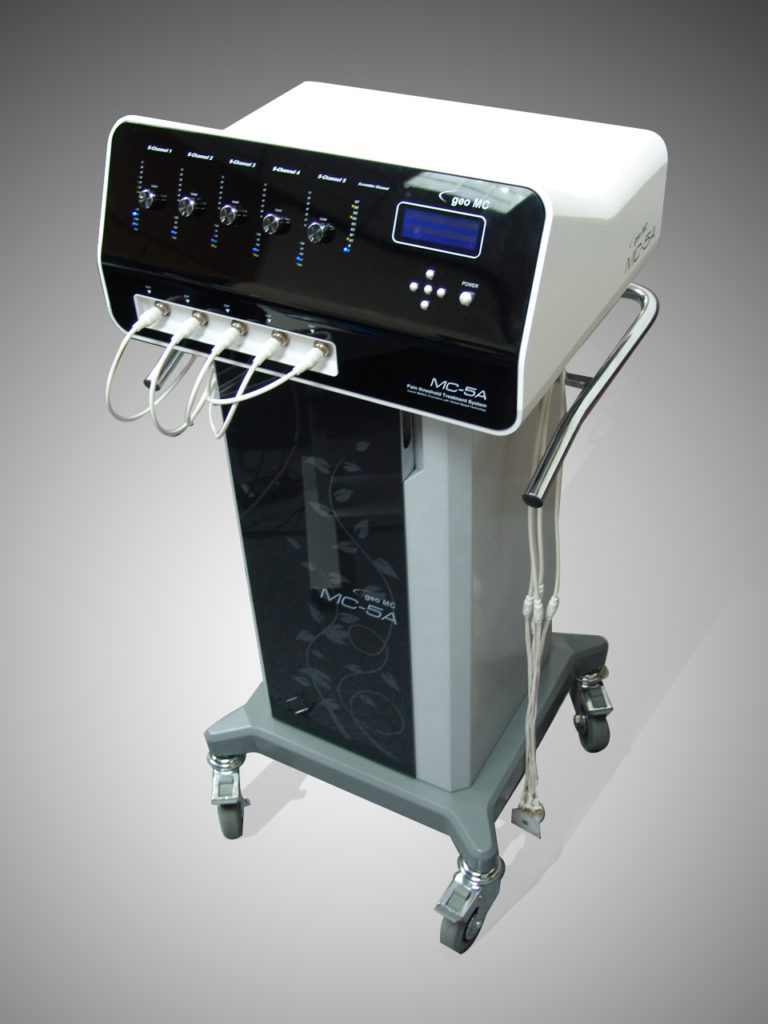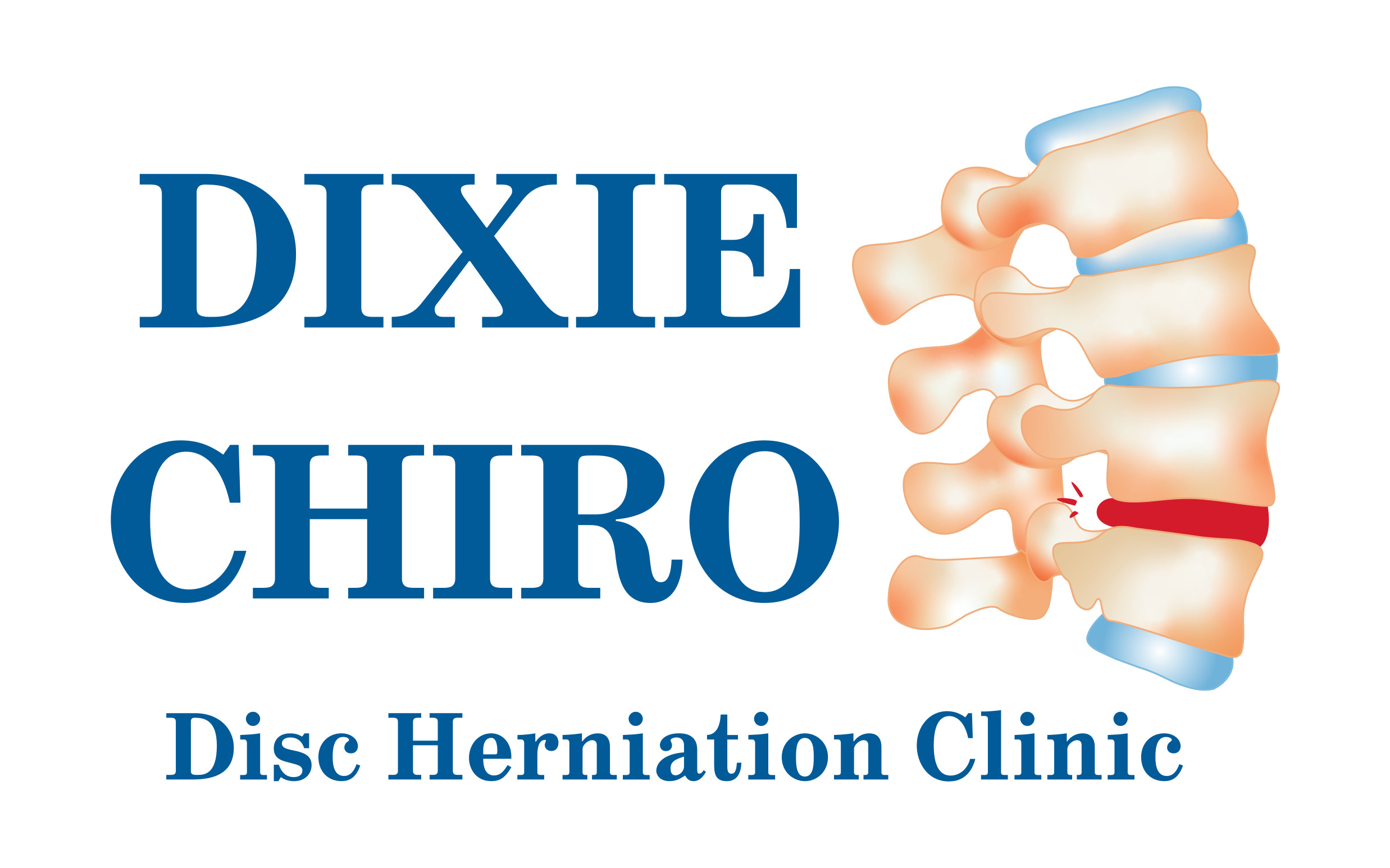Thankfully, due to the development of new treatments and the advancement of current therapies and procedures, the death rate of cancer patients continues to decline. However, for those who survive, quality of life becomes an issue. Among the various factors that determine quality of life, chronic pain is often the most prevalent.

Medication therapy such as NSAIDs, opioids, antidepressants, and anticonvulsant drugs as well as nerve blocks and patient-controlled analgesia (PCA) are provided as treatment for cancer pain. But despite the availability of chronic cancer pain treatments, studies show the difficulty to control the pain remains. In a study of 5,084 cancer patients, 56% had cancer pain of a moderate or worse degree, and only 41% of the patients were using appropriate medication. In addition, reports show that 40-70% of patients with cancer pain are receiving inappropriate pain treatment.
Calmare Pain Therapy
is a novel approach for cancer pain that uses EKG-like pads, which are applied near the site of pain. Calmare uses 16 different types of nerve action potentials that provide “no-pain” information to the sensory nerve receptors through attached electrode patches, which is then conveyed to the central nervous system, thereby relieving the patients’ pain. The electrical stimulus does not merely stimulate the periphery pain nerves to “dull the senses.” In fact, the patient is able to feel normal stimulation on the treated area after therapy. They just no longer feel the pain.

Cancer patients deal with a lot. The psychological impact of the disease is tremendous, the treatments are horrendous, and intractable pain is often a side effect of the therapy, if not the disease itself. In fact, more than 80% of cancer patients experience cancer pain. To control the pain, a variety of methods have been used, including medications and nerve blocks. In some patients, however, it is impossible to perform nerve blocks due to metastasis, and in other patients, opioid dose escalation is impossible due to opioid side effects. Needless to say, cancer pain management is difficult.
The effect of Calmare therapy appears within 10 seconds of beginning treatment, and alleviation of pain is maintained continuously for several days or even several months after completion. The mechanism signifies that remodulation occurs in the periphery and central nervous system, which become the main target for treating neuropathic pain. The patient feels the effects through the entire dermatome, not just the area where the electrodes were attached. It is evident that the “no-pain” message is conveyed through the dermatome to the brain through cutaneous nerves.

Calmare Therapy is safe and non-invasive and has no significant side effects. If you or a loved one is suffering from cancer or post-cancer pain, Calmare Pain Therapy treatments may be your pathway to a joy-full, pain-free life.


Recent Comments